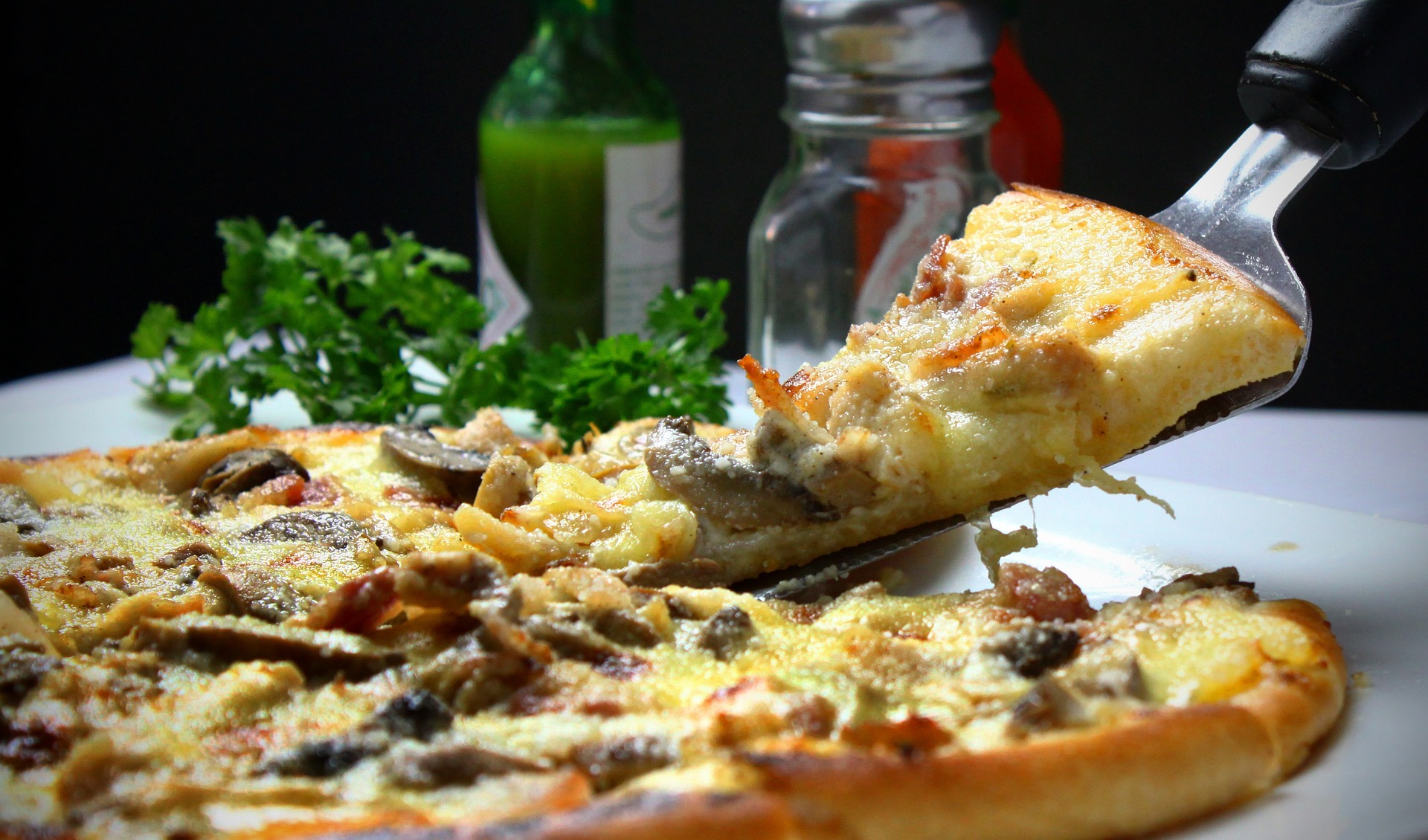Unveiling the Hidden Delight of Polish Cuisine
Polish cuisine is a hidden gem in the culinary world, a treasure trove of hearty meals and unique flavors. Often overshadowed by its more globally recognized European counterparts, Polish gastronomy deserves a spotlight of its own for its rich traditions and innovative adaptations.
1. A Tale Told Through Taste
Polish cuisine tells a story of the country’s history, geography, and culture. The food is a blend of Slavic traditions with foreign influences, resulting from historic alliances and partitions. The use of meat, winter vegetables, and herbs is dominant in Polish gastronomy, reflecting the country’s agricultural heritage.
2. The Quintessential Polish Staples
When it comes to Polish food, Pierogi, a type of dumplings, is a must-mention. These boiled or fried dumplings can be stuffed with a variety of fillings, from sauerkraut and mushrooms to sweet curd cheese. Another iconic dish is Bigos, often referred to as Polish Hunter’s Stew, a hearty meal made with a mix of fresh and cured meats, sauerkraut, and wild mushrooms.
3. Modern Twists on Traditional Polish Dishes
The contemporary Polish culinary scene is vibrant and innovative, with chefs reimagining traditional dishes with modern cooking techniques and ingredients. For instance, the traditional beetroot soup, Barszcz, is being served with a swirl of cream and a sprinkle of fresh dill, transforming it into a gourmet experience.
4. Polish Beverages: The Celebrated and the Underrated
Poland is renowned for its vodka, but its non-alcoholic beverages deserve attention too. ‘Kompot’, a sweet non-alcoholic beverage made from boiled fruit, is a Polish household staple. Another intriguing drink is ‘Turek’, a type of coffee substitute made from roasted grain.
5. The Sweet Side of Poland
Polish desserts are a delightful treat, with ‘Paczki’, a type of doughnut filled with rose jam, leading the pack. Another favorite is ‘Makowiec’, a poppy seed roll that’s traditionally served during Christmas and Easter.
Quick Bites:
-
Polish cuisine uses a variety of meats, including pork, chicken, and beef, but fish dishes are also quite popular, especially carp and herring.
-
‘Zurek’, a sour rye soup, traditionally served in a bread bowl, is a popular Polish Easter dish.
-
‘Golabki’, cabbage rolls stuffed with meat and rice, are a staple in Polish households.
-
‘Kielbasa’, Polish sausage, comes in various types, each with its unique blend of spices.
-
‘Sernik’, a cheesecake made with a special type of Polish curd cheese, is a common dessert in Polish cuisine.
In conclusion, Polish cuisine, with its interesting mix of traditional and modern dishes, is a culinary adventure waiting to be explored. Its hearty stews, flavorful meats, unique beverages, and delightful desserts offer an enriching gastronomic experience that goes beyond the plate, offering a taste of Poland’s history, culture, and spirit. So, next time you’re looking to try something new, dive into the world of Polish cuisine, and you might just find a new favorite.





